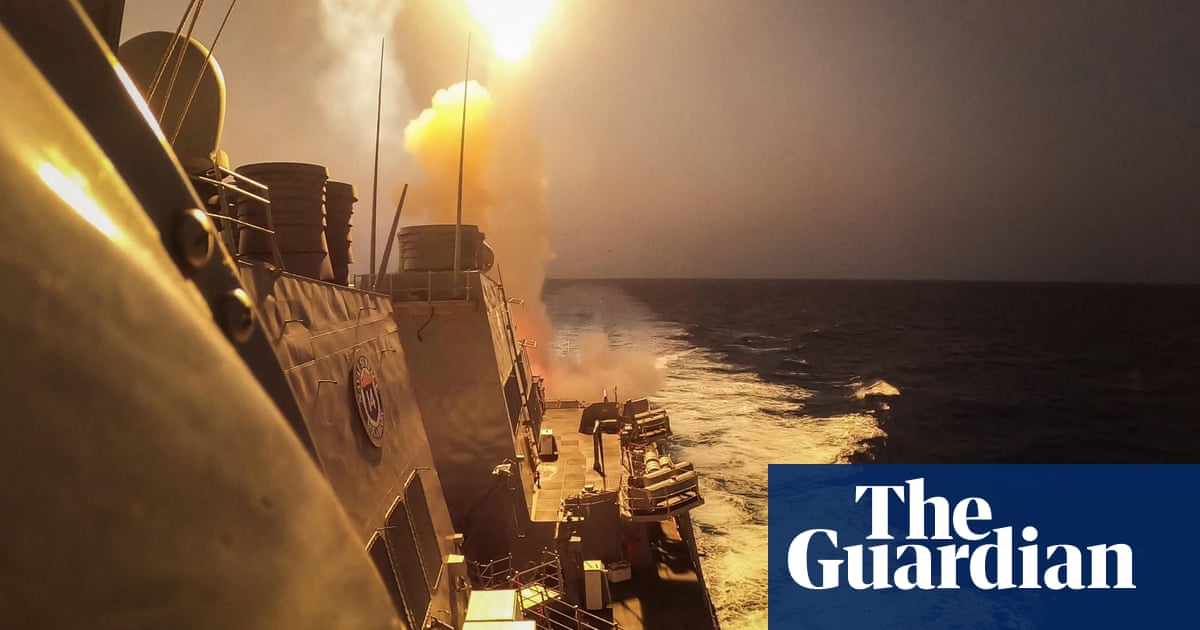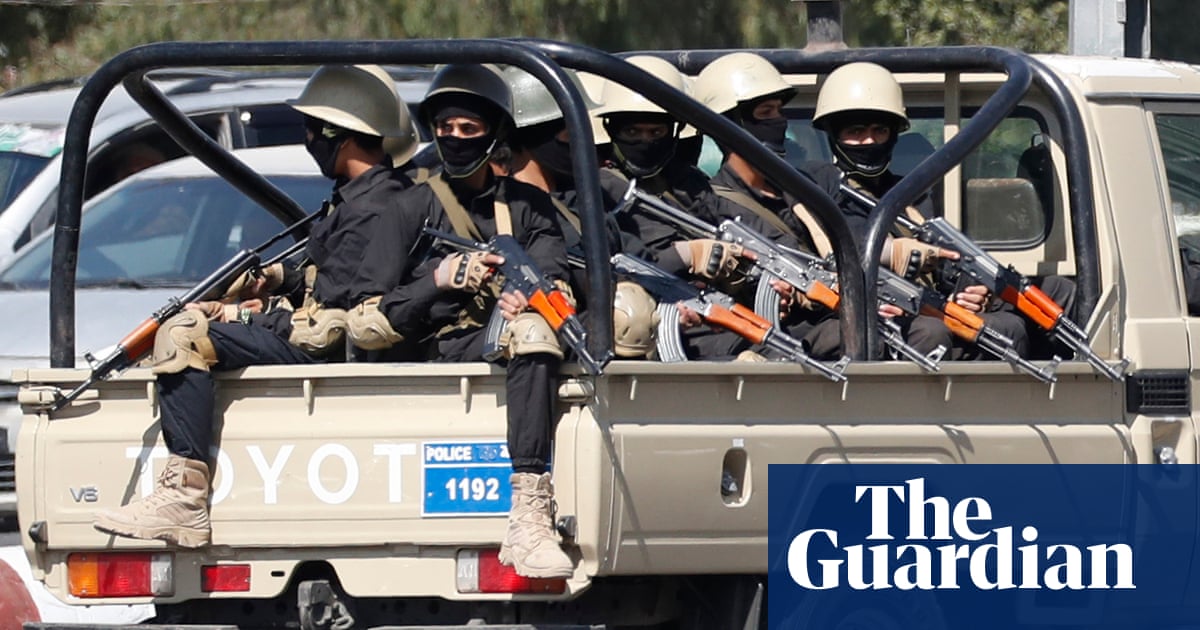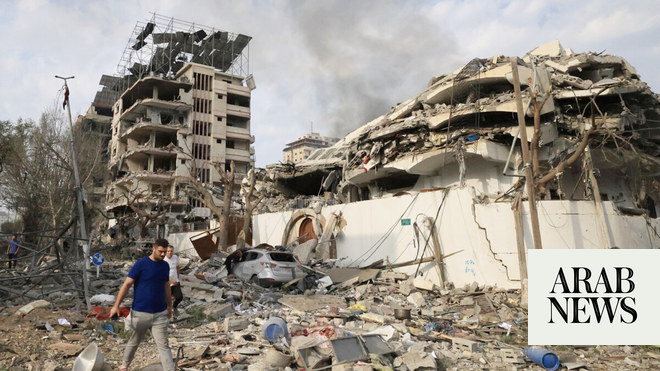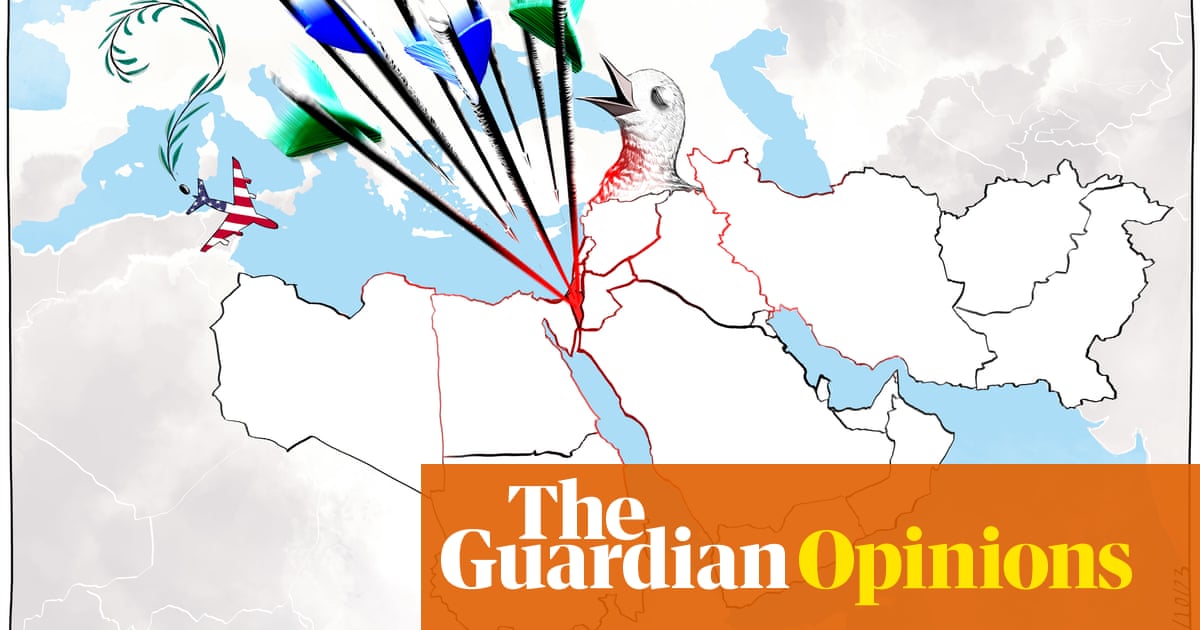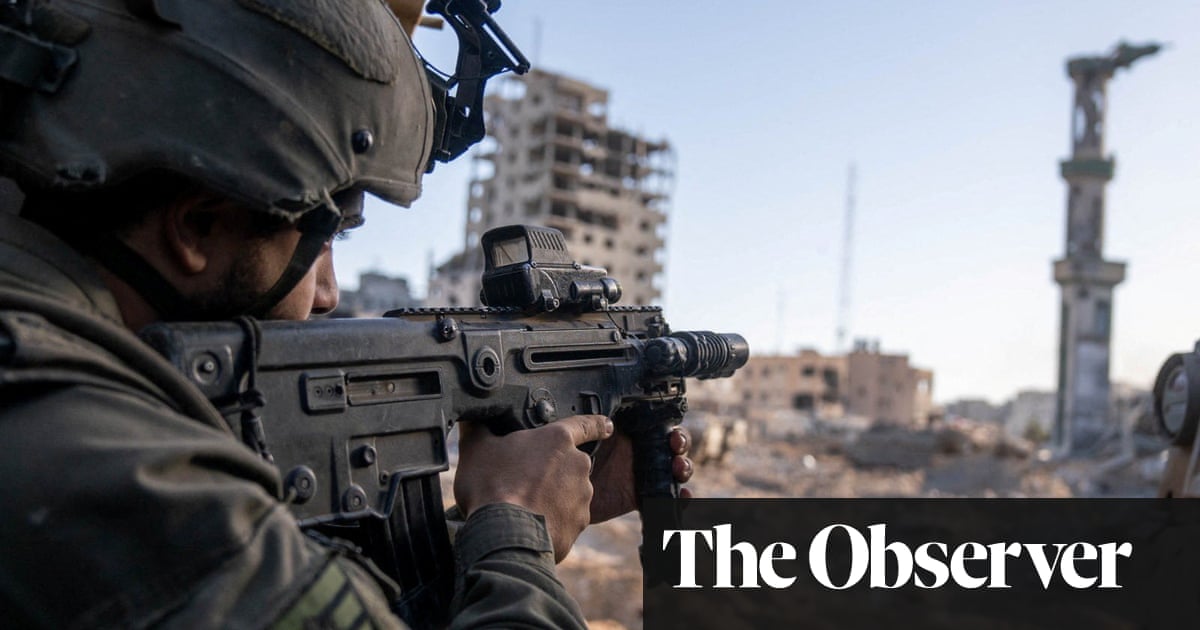
The Middle East has been slipping towards the precipice of a regional war ever since the Hamas attack on Israel on 7 October and the ferocious Israeli response in Gaza. The past week has shown how the cliff edge keeping it from that abyss could quickly crumble away.
Within hours of the outbreak of the Gaza war, the Hezbollah Shia militia in Lebanon began to fire on northern Israeli towns and villages in solidarity with Palestinians, triggering Israeli air strikes in response, and Houthi forces in Yemen attacked ships in the Red Sea with real or perceived Israeli connections.
The US moved two aircraft carriers and their accompanying strike groups to the region as American bases in Syria and Iraq came under repeated attacks from Iran-affiliated groups, drawing swift retaliation from Washington.
At the same time the West Bank erupted in protests at the bombing of civilians in Gaza and extremist Jewish settlers quickly sought to ride the wave of Israeli anger by seizing Palestinian land and terrorising its residents.
Each of these theatres of conflict has the potential to ignite a much-feared Middle East conflagration, and the past few days have demonstrated just how easily escalation, intended or not, could bring Israel into open confrontation with Iran, and suck in the US too.
An Israeli airstrike just outside Damascus killed a senior figure in Iran’s Islamic Revolutionary Guard Corps (IRGC), Sayyed Razi Mousavi, who was responsible for military liaison between Syria and Iran. After Mousavi’s death last Monday, the IRGC issued a statement declaring the “usurper and savage Zionist regime will pay for this crime”.
Tehran’s Houthi allies have meanwhile have been firing on the US-led “Prosperity Guardian” naval task force assembled to protect shipping in the Red Sea. American warships shot down dozens of drones and also a handful of ballistic missiles. US Central Command issued a statement to say that Washington had “every reason to believe that these attacks, while launched by the Houthis in Yemen, are fully enabled by Iran”.
If a US warship is struck, Joe Biden would be under intense pressure to deliver a decisive response, as he enters an election year with his tenure hanging in the balance and Republicans looking to focus on any trace of weakness.
On Thursday, a former Israeli prime minister, Naftali Bennett, wrote a commentary in a US newspaper expressing the view of many on the hawkish end of the security establishments in both the Israel and the US that they are doomed to fight Iranian proxies indefinitely until Iran is taken on directly.
“The evil empire of Iran must be brought down,” Bennett argued in the Wall Street Journal. “The US and Israel must set the clear goal of bringing down Iran’s evil regime. Not only is this possible. It is vital for the safety and security of the Middle East – and the entire civilised world.”
On Friday, the UN security council convened to discuss violence on the West Bank, but the session was quickly drawn into a discussion of a regional war.
The Israeli ambassador, Gilad Erdan, dismissed the issue of settler violence in the West Bank as a distraction from the threat from Hezbollah in Lebanon.
“The situation in northern Israel is reaching a point of no return,” Erdan said, echoing an increasingly frequent warning from Israeli officials that their country would take matters into its own hands, possibly by carving out a buffer zone in southern Lebanon.
“If these attacks continue, I reiterate the situation will escalate and may lead to a full-scale war. Lebanon must be held accountable for the aggression carried out from its territory,” the Israeli envoy said.
Mohamed Khaled Khiari, a UN assistant secretary-general, told security council members that, while most of the exchange of fire between Israel and Hezbollah had been around the border, some strikes were going deeper into each other’s territory, “raising the spectre of an uncontained conflict with devastating consequences for the people of both countries”.
Khiari added that “the risk of miscalculation and further escalation is increasing as the conflict in Gaza continues”.
Lana Nusseibeh, the envoy of the United Arab Emirates, expressed the uneasiness of the Arab world that in the absence of “bold and perhaps uncomfortable decisions” to reverse the drift towards regional conflict, “the alternative is the hellscape of Gaza expanded into the West Bank, Israel, Lebanon, and other parts of the Middle East”.
Since the 7 October Hamas attack, the UN estimates that 304 Palestinians have been killed in the West Bank, including 79 children, along with four Israelis, three of them soldiers. Four more Israelis were killed in West Jerusalem in an attack by Palestinian gunmen on 30 November. One of the dead was mistakenly shot by an Israeli soldier.
The disproportionate number of Palestinian dead showed that Israeli forces have been conducting an overkill campaign in an effort to deter an uprising in the West Bank in solidarity with Gaza, argued Khaled Elgindy, a senior fellow at the Middle East Institute in Washington.
“The Israeli mindset is that they think they are preventing a third Intifada,” Elgindy said. “But I think the way they’re operating, they’re probably more like causing one.”
He pointed to the Israeli prime minister, Benjamin Netanyahu, as a particularly volatile element in the combustible state of the region. Overwhelmingly blamed by Israelis for the security lapses that allowed the Hamas attack to happen, Netanyahu faces a fall from power, but only when the fighting ends, or at least lessens in intensity. An escalation, on the other hand, could keep him in his post.
“It is Netanyahu, frankly, who is dictating the terms on all fronts – in Gaza, on the Lebanon border, across the region – for Netanyahu’s reasons. This is his war,” Elgindy said. He added: “ I think every day that this goes on, you get closer to regional expansion of this whole mess.”




